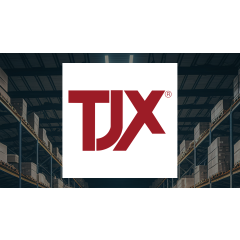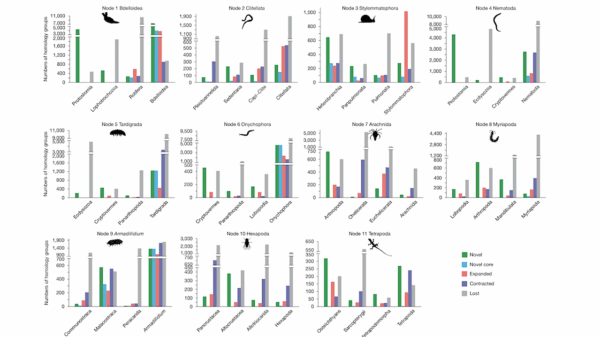Ethereum is currently testing a significant resistance level near $4,000, generating mixed opinions among market analysts regarding its near-term price trajectory. With the cryptocurrency’s price hovering around $3,700, the market is abuzz with speculation about whether Ethereum is poised for a major upward movement or vulnerable to further declines.
The backdrop for this volatility includes rising institutional demand and increased inflows into exchange-traded funds (ETFs), which enhance Ethereum’s long-term outlook. Despite these positive indicators, uncertainty persists, illustrated by conflicting forecasts from various experts. While some analysts anticipate a breakout, others caution about the potential for a downward correction.
Current Market Dynamics and Trading Activity
Recent trading activity reveals both resilience and fragility within Ethereum’s price movements. After rebounding from recent lows, the cryptocurrency is now encountering a critical resistance zone between $3,600 and $3,800. Historically, this area has proven challenging for Ethereum to breach, and a decisive move above it could pave the way for higher valuations.
Nevertheless, a concerning development has emerged: one of the largest daily sell-offs in Ethereum’s history occurred recently, with substantial amounts of ETH offloaded, likely by significant investors. This sell pressure raises apprehensions that if buyers do not maintain support, Ethereum could face a deeper pullback. Some analysts believe a decline below current levels could lead to a correction of up to 35 percent, potentially driving the price down to between $2,300 and $2,700.
Despite these warnings, the Ethereum network remains robust, with a notable increase in the number of daily active addresses in recent weeks. This uptick in activity suggests growing user engagement, which could help counterbalance the current selling pressure.
Future Price Predictions and Institutional Interest
Optimism about Ethereum’s future persists among many in the cryptocurrency community. Analysts are observing the formation of a large triangle pattern on Ethereum’s long-term charts, which often precedes significant price movements. A breakout above the triangle’s upper trendline could initiate a powerful rally, with projections suggesting that Ethereum’s price could climb to $8,000 in the coming months.
Looking further ahead, several experts forecast that Ethereum could reach between $10,000 and $15,000 over the next few years, driven by factors such as increasing institutional adoption, the expansion of decentralized finance (DeFi), and the transition to a proof-of-stake model. The integration of Layer 2 solutions aimed at facilitating faster and cheaper transactions is also expected to enhance Ethereum’s appeal.
The growing popularity of Ethereum among institutional investors is evident. By mid-2025, public companies were reported to hold nearly one million ETH in their treasuries, a significant increase from just under 120,000 ETH at the end of 2024. This trend underscores Ethereum’s evolving reputation as a reliable asset capable of generating income. The launch of spot Ethereum ETFs in major markets has further boosted demand, attracting billions in inflows and tightening the supply of ETH on exchanges.
Moreover, recent regulatory developments indicate that Ethereum is unlikely to be classified as a security in the United States. This clarification alleviates concerns and facilitates the introduction of Ethereum-related investment products, including staking-based ETFs, which enhance investor confidence.
As Ethereum’s technology continues to evolve, the rollout of the Pectra upgrade in 2025 aims to enhance smart contract capabilities and improve user accessibility, benefiting both developers and retail users. The tokenization of real-world assets is gaining traction, with Ethereum being the preferred base layer for many of these projects. The ability to represent traditional assets on a blockchain is anticipated to be a key growth driver for Ethereum’s future.
Despite its strengths, Ethereum faces challenges. Analysts remain divided on its immediate price movement, with some suggesting that the market may be overheated and due for a correction. The current high sell pressure, particularly near significant resistance levels, indicates that many investors may be securing profits rather than anticipating a breakout.
Conversely, other experts maintain a bullish outlook, arguing that recent stagnation is merely a temporary pause before the next upward surge. They contend that strong fundamentals, rising institutional demand, and improved scalability position Ethereum favorably to outperform the broader market in the latter half of the year.
The ongoing split among analysts reflects broader uncertainties, including macroeconomic conditions, fluctuating investor sentiment, and regulatory developments, all of which can swiftly alter the trajectory of assets like Ethereum.
As Ethereum navigates this critical juncture, its current price action encapsulates a struggle between bullish fundamentals and bearish technical indicators. The outcome of this battle will hinge on whether Ethereum can decisively break above $4,000 and sustain that movement, potentially triggering a rally towards $5,000 or even $8,000. Conversely, if the price falters or dips below $3,500, the risk of a more profound correction will increase.
The coming weeks are likely to be pivotal for Ethereum, as evolving market behaviors and emerging data will shed light on its future direction. For now, Ethereum remains a focal point in the cryptocurrency landscape, embodying both significant potential and inherent risk.



































































